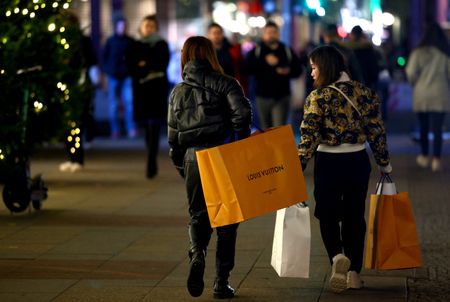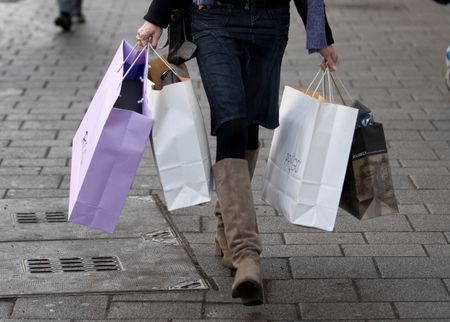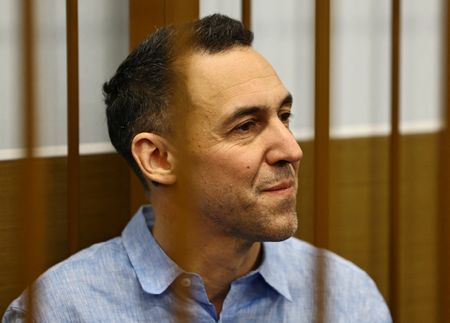BERLIN (Reuters) – German consumer sentiment is broadly unchanged heading into April, with a focus on saving highlighting uncertainty among households after last month’s election in Europe’s biggest economy, a survey indicated on Friday.
The consumer sentiment index, published by the GfK market research institute and the Nuremberg Institute for Market Decisions (NIM), inched up to -24.5 points from a slightly revised -24.6 points the month before.
Analysts polled by Reuters had expected sentiment to rise to -22.7 points.
While economic and income expectations and the willingness to buy improve, a higher willingness to save is hindering a more significant recovery, according to the survey.
“The elections and prospect of a new government have lessened pessimism among a number of consumers. However, the renewed rise in the willingness to save is clouding the overall picture,” said Rolf Buerkl at the NIM.
He said the attitude to saving was an expression of consumer uncertainty and that a new government was needed to end that.
“A fast formation of a government and the early adoption of a budget for this year would be an important factor for more planning security – not only for companies, but also for private households,” Buerkl said.
Friedrich Merz’s conservatives are in coalition talks with the Social Democrats with the aim of getting a government in place by or soon after Easter, at the end of April, although the two are still at odds over several issues, including immigration.
Parliament last week passed plans for an overhaul of Germany’s tight fiscal rules and its biggest ever spending package to revive a flagging economy and boost military spending.
However, any turnaround is likely to take time after the economy shrank for a second straight year in 2024. It has lagged other European economies over the last two years.
Consumers’ income prospects improved in March after two straight declines but Buerkl said it was unclear whether this marked an end the downward trend since mid-2024.
Households’ willingness to buy also increased but remains at a low level and is worse than during the pandemic lockdowns, the survey showed.
APR 2025 MAR 2025 APR 2024
Consumer climate -24.5 -24.6 -27.3
Consumer climate components MAR 2025 FEB 2025 MAR 2024
– willingness to buy -8.2 -11.1 -15.3
– income expectations -3.1 -5.4 -1.5
– willingness to save 13.8 9.4 12.4
– economic expectations 6.9 1.2 -3.1
NOTE – The survey period was from February 27 to March 10, 2025.
The consumer climate indicator forecasts the progress of real private consumption in the following month.
An indicator reading above zero signals year-on-year growth in private consumption. A value below zero indicates a drop compared with the same period a year earlier.
According to GfK, a one-point change in the indicator corresponds to a year-on-year change of 0.1% in private consumption.
The “willingness to buy” indicator represents the balance between positive and negative responses to the question: “Do you think now is a good time to buy major items?”
The income expectations sub-index reflects expectations about the development of household finances in the coming 12 months.
The additional business cycle expectations index reflects respondents’ assessment of the general economic situation over the next 12 months.
(Reporting by Madeline Chambers; Editing by Kirsten Donovan)












